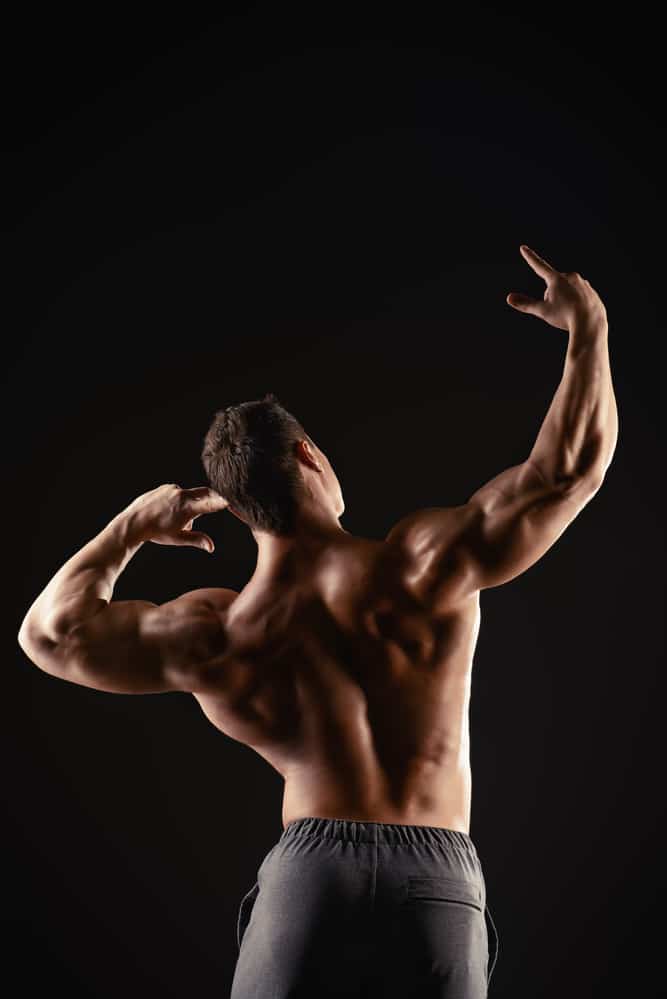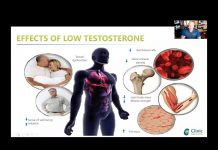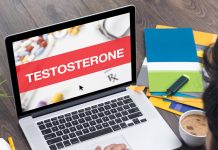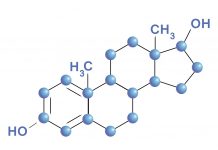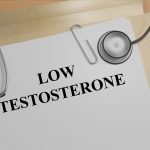Damn…I hate interval training but these data are very compelling on the advantage of interval training in improving mitochondria function. Time to reconsider my resistance exercise only program.
…”But more unexpected results were found in the biopsied muscle cells. Among the younger subjects who went through interval training, the activity levels had changed in 274 genes, compared with 170 genes for those who exercised more moderately and 74 for the weight lifters. Among the older cohort, almost 400 genes were working differently now, compared with 33 for the weight lifters and only 19 for the moderate exercisers.Many of these affected genes, especially in the cells of the interval trainers, are believed to influence the ability of mitochondria to produce energy for muscle cells; the subjects who did the interval workouts showed increases in the number and health of their mitochondria — an impact that was particularly pronounced among the older cyclists”
https://www.nytimes.com/2017/03/23/w…rsm=Email&_r=0
Here is a simple HIIT session in a 39 second video:
Recent Posts
Starting Testosterone Next Week. What Should I Expect?
Starting testosterone next week. What should I expect?
Nelson, I know you wrote the book "Testosterone: A Man's Guide". I was diagnosed with low testosterone...
Insurance insiders say AI has not met expectations yet but still holds future potential
Viewpoint: Balancing the opportunities and risks of generative AI :: Insurance Day
Thanks to these capabilities, AI offers insurers significant benefits, including increased efficiency, cost...
Nelson’s Top Tricks for Fat Loss
Get real. Ask yourself: What is getting in the way of my health? What excuses am I using to not start giving a damn?...
How to Prevent Priapism Caused by Trimix
HOW TO PREVENT PRIAPISM CAUSED BY TRIMIX
What is priapism:
Priapism is an erection which lasts more than 4 hours and is unrelieved by ejaculation....
Is HRT for Menopause Staging a Comeback?
"A recent meta-study, which found that menopausal hormone replacement therapy (HRT) causes significant numbers of ovarian cancers, is highly misleading, say several hormone researchers.Furthermore,...


